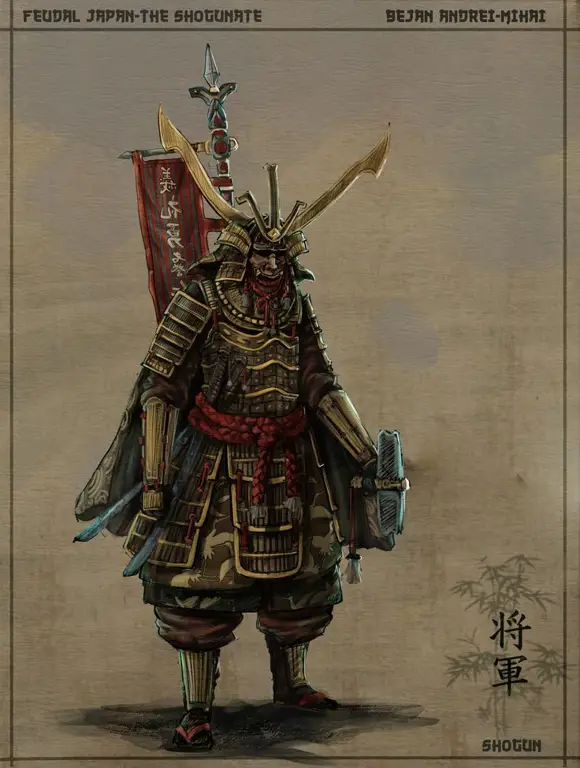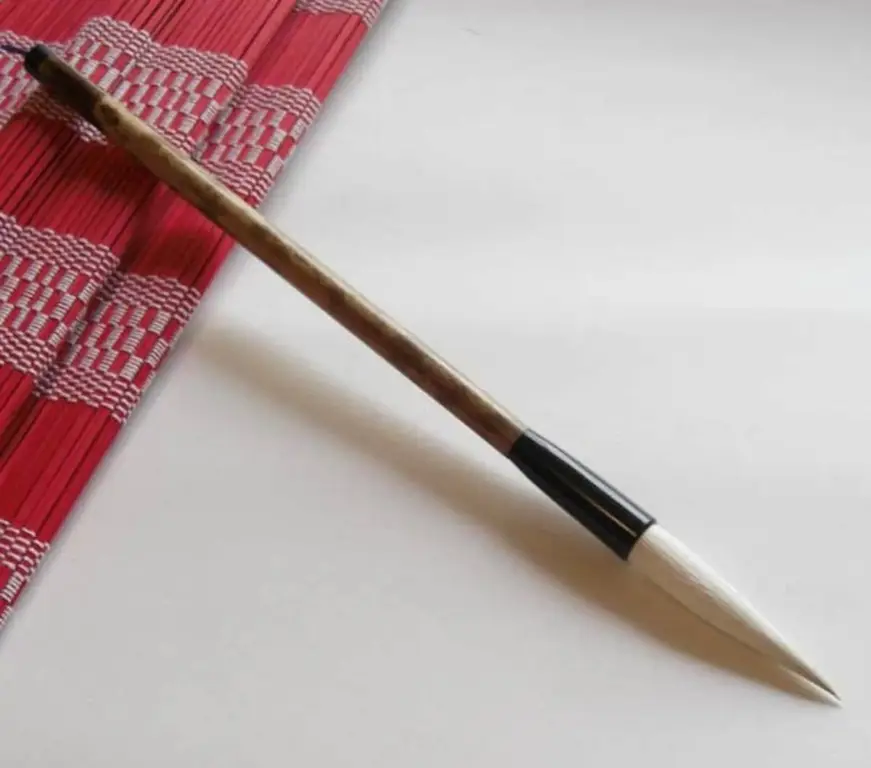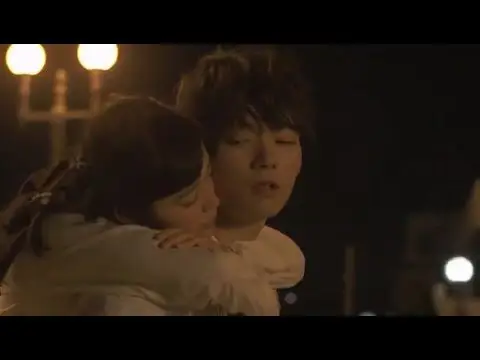Eiko Tsukimi, a name that may be unfamiliar to many, represents a captivating enigma within the rich tapestry of Japanese dance. While readily available online information remains scarce, a deeper exploration promises to unveil crucial details about her life and significant artistic contributions. This article delves into the life of Eiko Tsukimi, examining her career, unique dance style, and substantial impact on the preservation and evolution of traditional Japanese dance. We will analyze how she interprets and expresses the aesthetic and philosophical values inherent in traditional Japanese dance, and how her work has resonated with critics and audiences.
Understanding Eiko Tsukimi requires tracing the extensive and vibrant history of Japanese dance. From ancient religious rituals to elaborate court performances, dance has been an integral part of Japanese culture for centuries. A multitude of styles have emerged, each possessing unique characteristics and underlying philosophies. A thorough understanding of this historical context is essential for appreciating Eiko Tsukimi's work and situating it within its appropriate framework. This historical context will illuminate the influences and innovations that shaped her artistic expression.
Noh, for instance, stands as a classical dance-drama that has endured for hundreds of years. Its measured movements and deeply symbolic gestures reflect Zen Buddhism's philosophies and profound Japanese aesthetic values. The meticulous training and years of dedication required to master Noh highlight the commitment and discipline inherent in traditional Japanese performing arts. In contrast, Kyogen offers a comedic dance form, often presented as interludes between Noh performances. These comedic elements provide a counterpoint to the solemnity of Noh, showcasing the range of emotional expression within Japanese dance. Other significant styles such as Bugaku (court dance) and Gagaku (court music) further enrich the historical landscape of Japanese dance. These diverse forms create a rich foundation for comprehending the evolution of Japanese dance and the multifaceted artistic expressions within the tradition.
The 20th century witnessed a significant shift in Japanese dance with the arrival of modern dance forms. Modern Japanese dancers experimented with novel styles and techniques, blending Western and Japanese elements seamlessly. This fusion created a dynamic interplay between established traditions and contemporary innovations. The introduction of Western techniques broadened the expressive possibilities of Japanese dance, leading to new choreographic vocabulary and approaches to movement. The emergence of contemporary movements like Butoh profoundly impacted the evolution of Japanese dance. Butoh, with its visceral and often unsettling imagery, challenged conventional notions of beauty and aesthetics in dance, pushing the boundaries of expression and creating a space for radical artistic experimentation. This dynamic evolution provides a broader context for understanding Eiko Tsukimi's work, which might have been influenced by both classical and modern dance forms. The interplay between tradition and innovation forms a crucial theme in understanding her artistic journey and her contribution to the evolving landscape of Japanese dance.
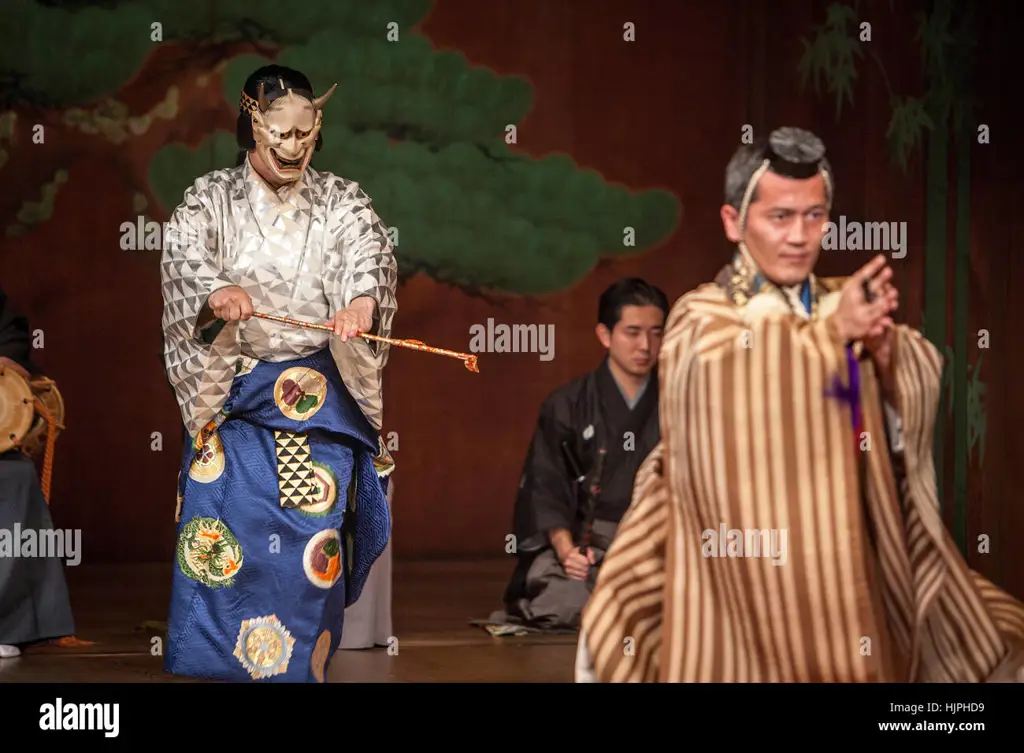
Despite the limited readily available information on Eiko Tsukimi, we can hypothesize about potential influences shaping her artistry. She may have extensively studied various classical Japanese dance styles, such as Noh, Kyogen, and Bugaku, subsequently developing her unique style. This rigorous training would have provided a strong foundation in the technical aspects of traditional Japanese dance, as well as a deep understanding of its aesthetic principles. Her unique style could potentially integrate classical elements with contemporary influences, or perhaps even incorporate aspects of modern dance, such as Butoh's expressive physicality. This potential fusion of styles presents an intriguing avenue for further investigation and analysis, offering insights into the creative process and artistic choices that defined her work.
Decoding Eiko Tsukimi's Dance Style
Assuming Eiko Tsukimi to be a dedicated Japanese dancer, we can speculate on her potential dance style. She might prioritize the subtlety of movement, the precision of facial expressions, and the profound interpretation of the accompanying music. The use of traditional costumes and props could be integral to her performances. The selection of costumes would not only be aesthetically pleasing but also carry symbolic meaning, reflecting specific historical periods or thematic elements within her choreography. She might carefully select costumes reflecting specific historical periods or create modern costumes while adhering to the aesthetic principles of traditional Japanese dance. This meticulous attention to detail would undoubtedly be a defining characteristic of her artistic approach, revealing a deep respect for the traditions while potentially pushing the boundaries of convention.
Her choreographic work might explore themes resonating with Japanese culture and history, such as folktales, legends, or even contemporary social issues conveyed through dance. These themes would not be merely decorative but rather serve as a vehicle for deeper social commentary or exploration of the human condition. Imagine the captivating interplay of classical dance movements with relevant contemporary narratives. This fusion would undoubtedly create a unique and compelling artistic experience. Her work would likely reflect the aesthetic and philosophical values deeply ingrained in centuries of Japanese dance tradition, while simultaneously engaging with contemporary concerns and perspectives.
Eiko Tsukimi's dance style might represent a harmonious blend of tradition and innovation. She might skillfully fuse classical movements with contemporary elements, creating a unique and engaging dance form for modern audiences. This would highlight her ability to adapt to evolving times while upholding the core essence of traditional Japanese dance. She may have discovered innovative ways to express emotions and narratives through movement, making her work both fresh and relevant to contemporary audiences while grounding it in a rich historical and cultural context. This balance between tradition and innovation is often a hallmark of successful contemporary artists who reimagine their cultural heritage for a new generation.
The interpretation of accompanying music is another captivating aspect to consider. Music holds paramount importance in Japanese dance, conveying emotions and setting the atmosphere. Eiko Tsukimi might have experimented with various musical styles, combining traditional and contemporary sounds or even composing original music to complement her work. The choice of music would be integral to her artistic vision, shaping the emotional landscape of her performances and enhancing the storytelling aspect of her choreography. The musical landscape of her performances would be a vital element in comprehending her artistic vision and the overall impact of her work.
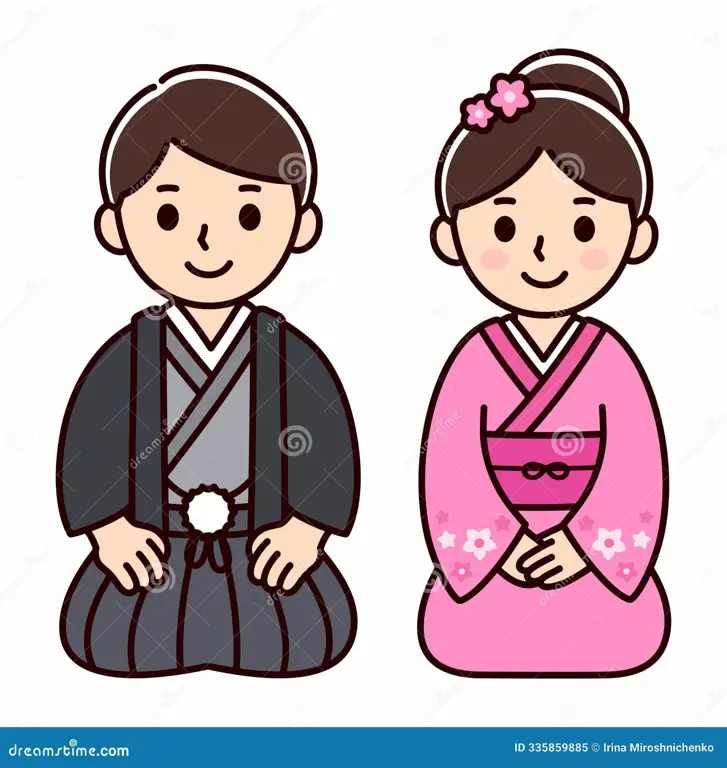
The Impact and Legacy of Eiko Tsukimi
While quantifying Eiko Tsukimi's impact and contributions poses a challenge, a qualitative analysis reveals her potential significance. She may have played a substantial role in preserving and promoting traditional Japanese dance, both nationally and internationally. Her dedication to preserving and promoting traditional Japanese dance would have ensured its continuity for future generations. She might have inspired generations of young dancers to pursue and develop Japanese dance, fostering a passion for the art form and ensuring the transmission of knowledge and skills. She may also have introduced Japanese dance to a global audience, fostering a deeper appreciation for the rich cultural heritage of Japan and expanding its reach beyond national borders.
Her work might have been instrumental in ensuring the continuity of traditional Japanese dance amidst the forces of modernization and globalization. In an increasingly globalized world, traditional dance forms often face the challenge of remaining relevant. However, artists like Eiko Tsukimi, through their innovative approaches and adaptations, may have found ways to make traditional Japanese dance appealing and significant to younger generations. This ability to bridge the gap between tradition and contemporary sensibilities is a hallmark of her lasting contribution, ensuring that the art form continues to thrive and evolve in the modern world.
Eiko Tsukimi might have collaborated extensively with other artists, both within Japan and internationally, to create unique and innovative works. Such collaborations might have involved fellow dancers, musicians, costume designers, and visual artists. These collaborations would have resulted in richer, more diverse, and engaging performances, significantly expanding the reach and impact of her artistry. The collaborative spirit often leads to new creative breakthroughs and ensures that the art form remains dynamic and vibrant. Such collaborations are essential for the growth and evolution of any art form.
Further Research Avenues
To obtain a more complete understanding of Eiko Tsukimi, further research is essential. Potential research avenues include:
- Thorough investigation of dance archives in Japanese libraries and museums. These archives may contain valuable documentation of her work, including photographs, videos, reviews, and personal papers. Accessing these primary sources is crucial for reconstructing her artistic career and understanding her creative process.
- Conducting interviews with other Japanese dancers who may have collaborated with or known Eiko Tsukimi. Oral histories can provide valuable insights into her personality, artistic vision, and impact on the dance community. These firsthand accounts can enrich our understanding of her life and work beyond the available documentary evidence.
- Searching online databases and academic journals focusing on Japanese dance. Scholarly articles and publications can provide critical analyses of her work, contextualizing her contributions within the broader field of Japanese dance and offering different perspectives on her artistic legacy.
- Locating reviews and critiques of Eiko Tsukimi's dance performances (if available). These reviews provide valuable perspectives on how her work was received by contemporary audiences and critics. Analyzing these reviews can reveal the evolution of her artistic style and its impact on audiences over time.
- Studying books and scholarly literature on the history and evolution of Japanese dance. This broader context helps to situate Eiko Tsukimi's work within the larger historical and cultural landscape of Japanese dance. It helps to understand the influences and innovations that shaped her work and its overall significance.
Employing these research methods will yield more precise and comprehensive data, enabling the creation of a more detailed profile of Eiko Tsukimi and her contributions to the world of dance. This research will hopefully illuminate the gaps in our current understanding of Eiko Tsukimi's life and artistic achievements, providing a more complete and nuanced picture of her contribution to Japanese dance.
Conclusion
Eiko Tsukimi, despite the limited information currently available, represents a considerable potential for preserving and advancing traditional Japanese dance. Through further exploration and rigorous research, we can illuminate her artistic contributions and their lasting impact on the world of dance. The pursuit of knowledge about lesser-known dance artists, while challenging, is crucial for appreciating the richness and diversity of Japanese dance heritage. This article serves as an impetus for further research, aiming to reveal the hidden facets of Eiko Tsukimi's life and artistic legacy, ensuring that her contributions are recognized and celebrated.
Further investigation will deepen our understanding of how Eiko Tsukimi skillfully integrated traditional and modern elements in her work and how her artistry has shaped the trajectory of Japanese dance. This research will ultimately lead to a more comprehensive appreciation of Eiko Tsukimi's contributions to the preservation and development of Japan's cultural heritage through the art of dance. The ultimate goal is to foster a deeper appreciation for the richness and diversity of traditional Japanese dance and its profound cultural significance, ensuring that the art form continues to flourish and inspire.
In closing, it's crucial to acknowledge that much of the information presented here is hypothetical due to the scarcity of readily available data on Eiko Tsukimi. However, this article underscores the potential and importance of further research into lesser-known Japanese dance artists who have made significant contributions to the art world. This article serves as a catalyst, encouraging readers to continue their exploration of the captivating world of Japanese dance and to contribute to the ongoing effort of documenting and celebrating its rich history and diverse artistic expressions.



